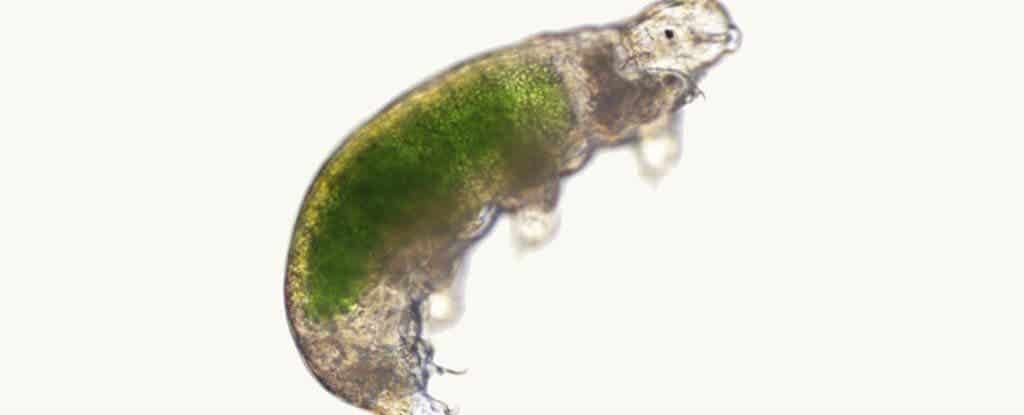We’ve written about tardigrades before – the microscopic water bears that defy all odds and are quite possibly the toughest multi-cellular microorganisms out there. Now, they’ve broken the record for something which shouldn’t even have a record to be broken (if that makes any sense) – a tardigrade has been brought to life after being frozen solid for 30 years. Soon after that, it gave birth to 14 healthy babies.
Tardigrades are waterborne micro-animals also called water bears or moss piglets. Their name literally means “slow stepper.” They can survive anywhere from mountaintops to the deep sea, from tropical rain forests to the Antarctic. They can withstand temperatures from 1 K (−458 °F; −272 °C) to about 420 K (300 °F; 150 °C), pressures six times greater than those found in the deepest ocean trenches, ionizing radiation at doses hundreds of times higher than the lethal dose for a human, and the vacuum of outer space.
Still not impressed?
They can survive without food for more than 10 years, and as has already been shown a couple of times, they can freeze solid, then thaw and come back to life. Researchers in Japan brought back such a tardigrade frozen in 1983, and not only did a healthy baby hatch from it six days later, but it went on to produce offspring shortly after.
Being frozen caused the tardigrades and eggs to undergo a process known as cryptobiosis. Cryptobiosis is a state in which the body shuts down virtually all metabolic functions. An organism in a perfect cryptobiotic state can essentially live indefinitely until environmental conditions return to being hospitable. Of course, there are no perfect states, but the tardigrades got pretty damn close to it.
“We recorded recovery of two individuals and development of a separate egg of the Antarctic tardigrade, Acutuncus antarcticus, providing the longest records of survival for tardigrades as animals or eggs,” the researchers report.
The researchers have reported their findings in the journal Cryobiology:
“SB-1 first showed slight movement in its fourth pair of legs on the first day after re-hydration. This progressed to twisting of the body from day 5 along with movement in its first and second pairs of legs, but the movements remained slow.
After starting to attempt to lift itself on day 6, SB-1 started to slowly crawl on the agar surface of the culture well on day 9, and started to eat the algal food provided… in the culture plate on day 13.”
Now, researchers are following closely to see how their metabolic processes return to life one after one.










